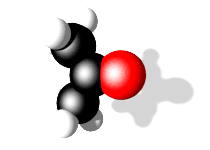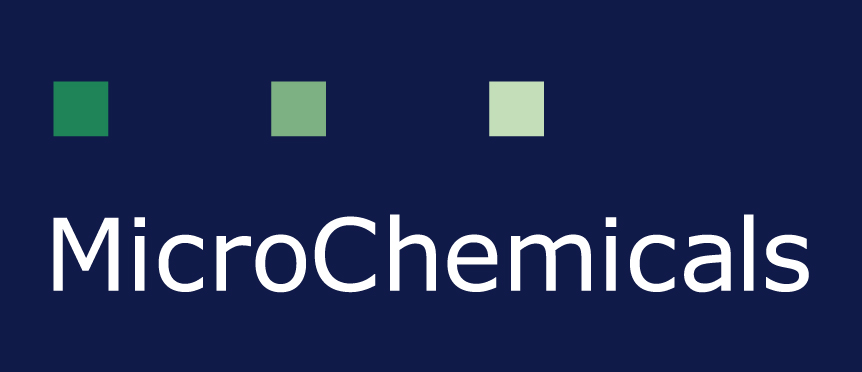Acetone MC - 2.50 l - ULSI - EUD/EVE!
Please complete and return the form to us by E-Mail.
Description
Product information "Acetone MC - 2.50 l - ULSI - EUD/EVE!"
Acetone
CH3COCH3
General Information
Acetone removes organic impurities from substrates and is well suited for greasy/oily contaminations. However, its large vapour pressure causes rapid drying together with a resorption of the contaminants on the substrate. Therefore an immediately subse¬quent rinsing step is recommended with a higher boiling solvent such as isopropanol. Acetone is not well-suited as lift-off medium due to the high fire danger when heated and the trend of particles to be lifted to resorb onto the substrate.
Product Properties
- Density: 0.79 g/cm^3
- Melting point: 95°C
- Boiling point: 56°C
- Flash point: < -18°C
- Vapour pressure @ 20°C: 244 hPa

Acetone Molecule
Further Information
MSDS:
Safety Data Sheet Acetone english (TECHNIC France)
Sicherheitsdatenblatt Aceton german (TECHNIC France)
Safety Data Sheet Acetone english (MicroChemicals GmbH)
Sicherheitsdatenblatt Aceton german (MicroChemicals GmbH)
Specs:
Specs Acetone ULSI (TECHNIC France)
Specs Acetone VLSI (TECHNIC France)
Specs Acetone ULSI (MicroChemicals GmbH)
Application Notes:
Solvents english
Lösemittel german
Related products
























